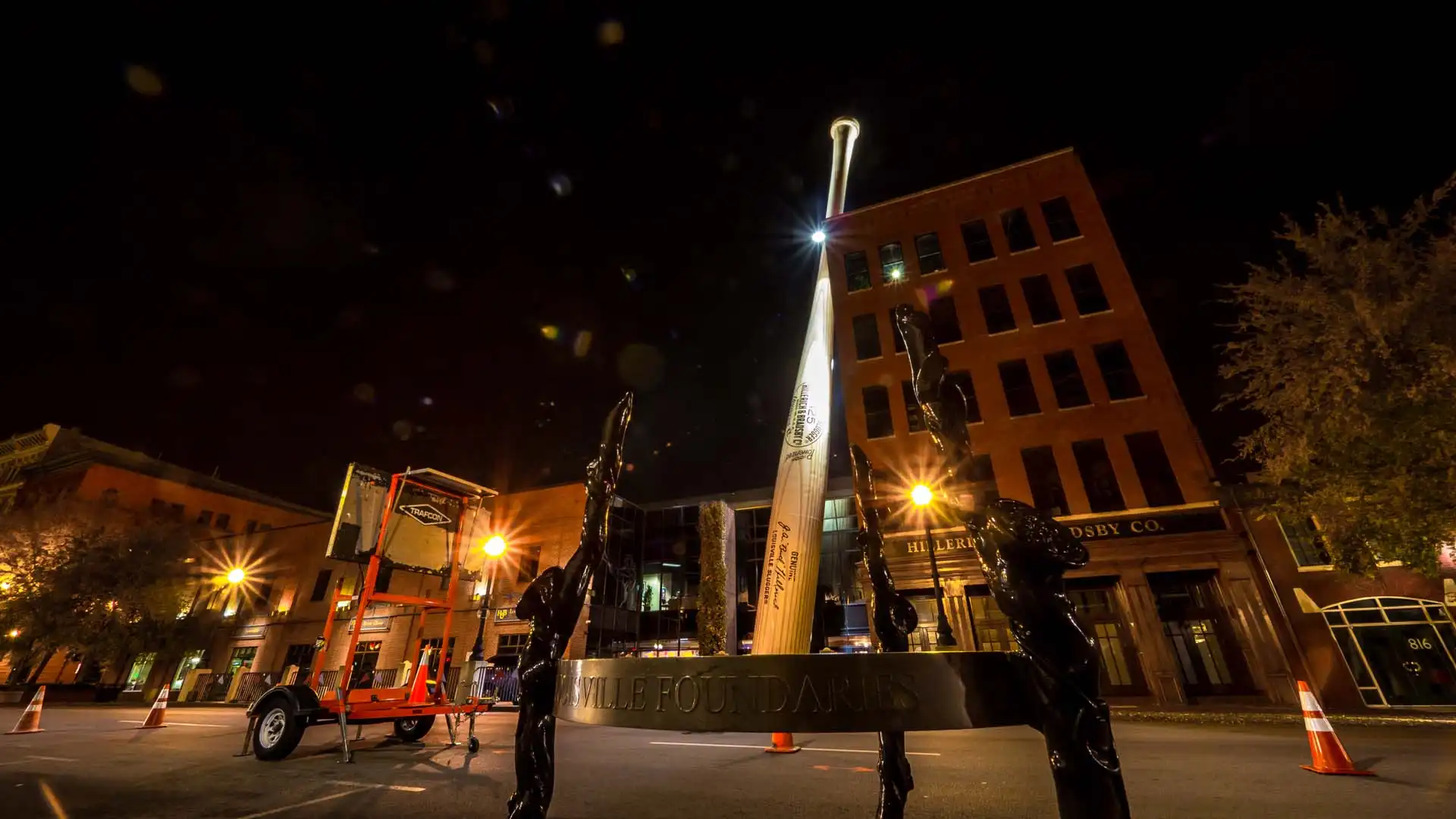10 Years Later
Well, it’s been about 10 years since I made this timelapse of Louisville, Kentucky. I think it still holds up, but it’s about time to put out an updated video. I’ve been casually capturing new clips of Louisville since 2016. Camera technology and editing software have advanced considerably since I released this video. At the time, creating 4K video was still cutting-edge technology, but now, pretty much any phone can record in 4K without a problem.
I figure the best way to re-introduce this video is with a clip from “Louisville In Motion 2.”
I am a heading
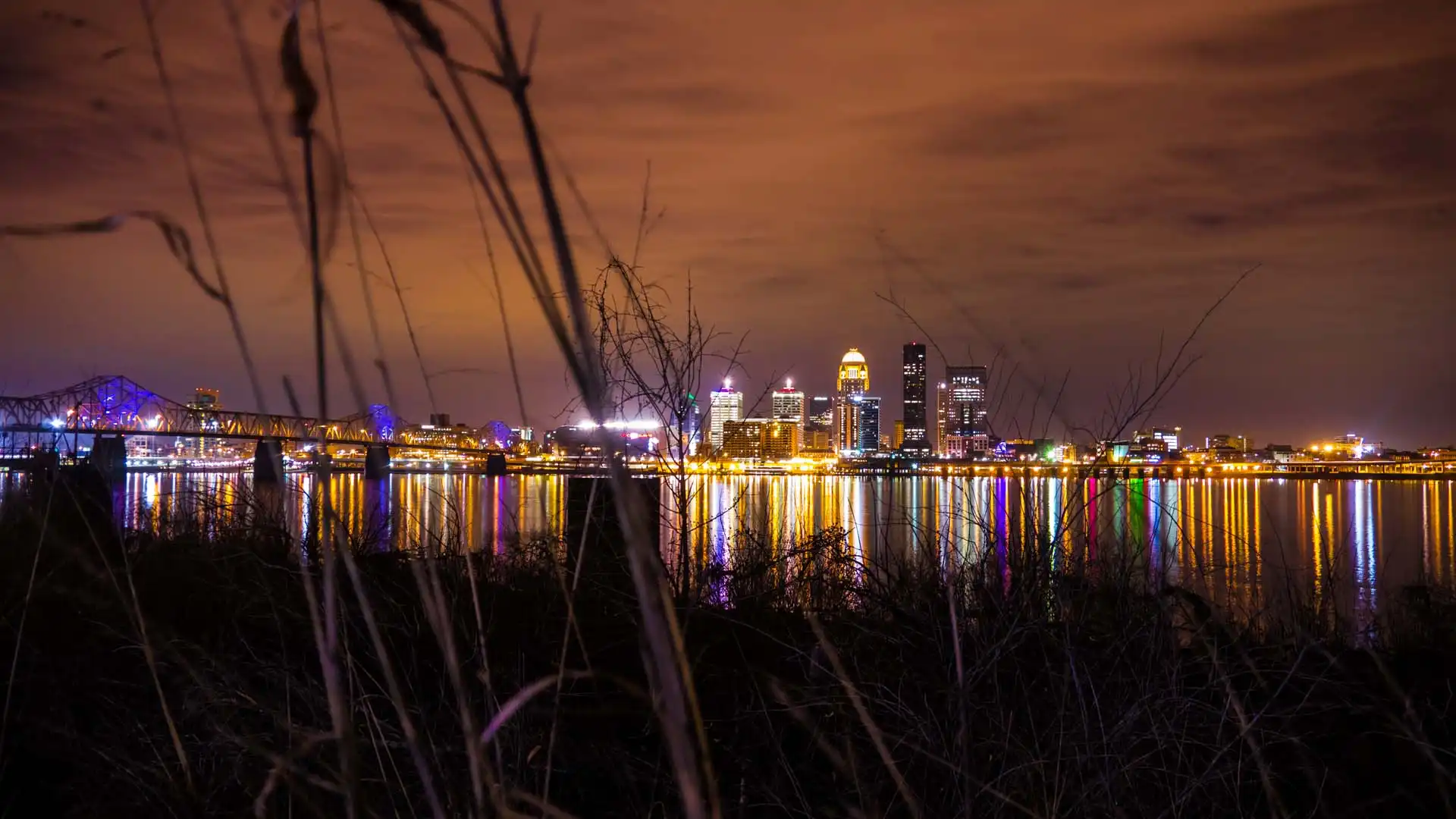
Louisville In Motion Begins
On February 28, 2012 this whole project started by accident. The day was unusually warm and by the evening the temperature was still in the low 60’s instead of the usual low 40’s. Around the same time I started a new job and one of the employees was into shooting timelapses. I already had the gear to do some motion control timelapses, but had never learned how to use it until I started at Videobred and had a few days that were pretty slow at work. I’m not sure what makes someone stick with a hobby or long term “passion project” but having a success or victory early on probably helps.
I crossed the second street bridge and drove into Indiana to a park that would have a good view of the Louisville skyline. Knowing that a foreground element would would be necessary to make the scene a little more interesting I choose to use some plants that the camera would push through towards the city. At the time I only had the CS3 suite of Adobe programs so I had the camera shoot raw and Jpeg so I could check out the results by using the jpegs and when I bought a new computer and CS6 later I could process the raw files. This first experiment lasted about 15 minutes. I had no idea about what would make for a decent pause between shots or how far the camera should move each time. I took what I had shot home and loaded the jpegs into After Effects and ram previewed the video. My first thoughts were that it looked sort of neat. The clouds moving were a pleasant surprise, I don’t even remember noticing them when I was shooting, but the city just looked dull and depressing and I fixated on this and how the plants I used as foreground objects moved widely between shots due to the wind. “Well, I guess anything that can potentially move is a pretty bad idea for a foreground object. I won’t do that again.” It would be almost a year later in early January of 2013 when I would process the raw images and decide that the shot really did turn out pretty good with the fine tuning of colors.
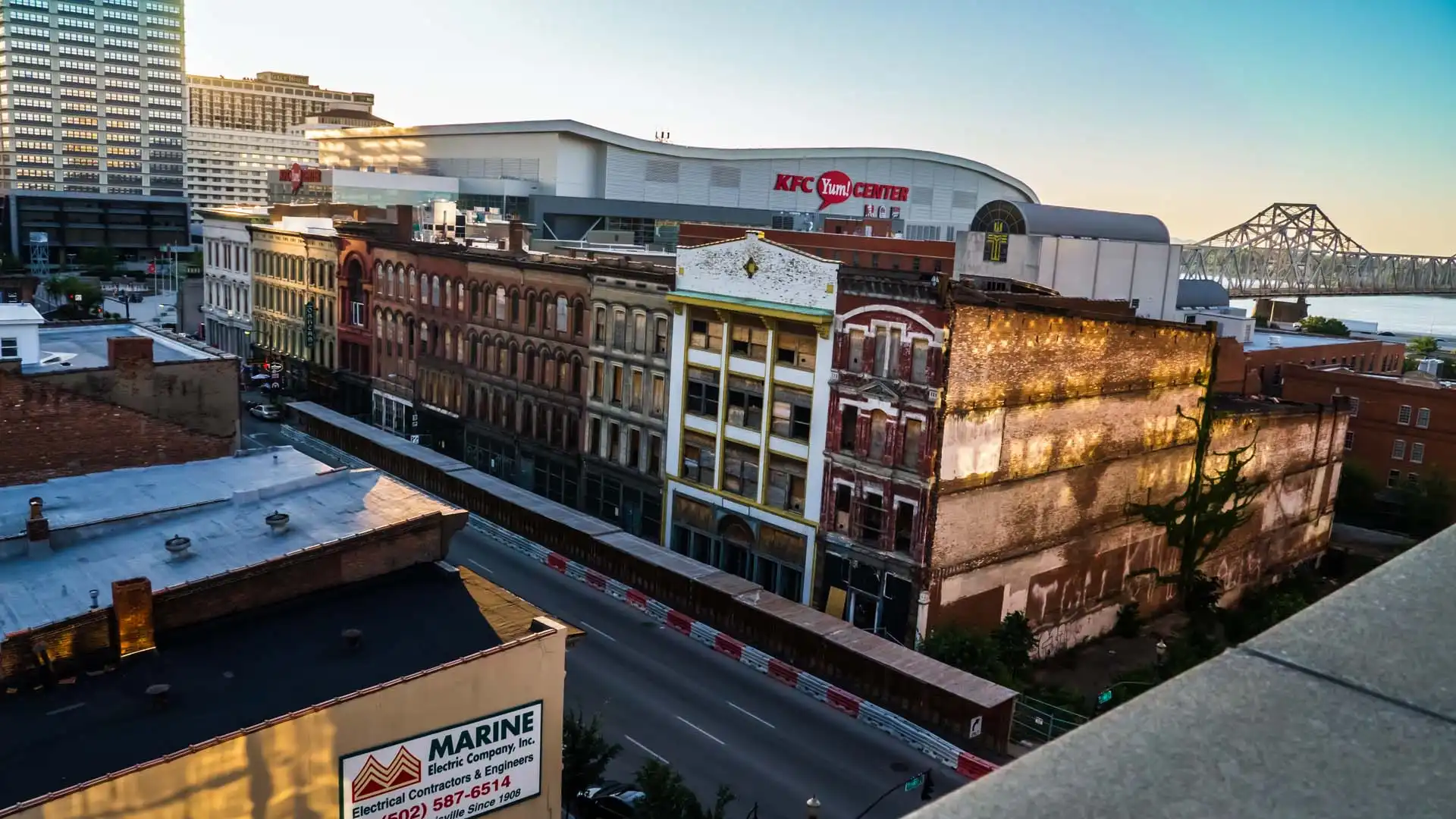
Challenges In Photographing Building Reflections
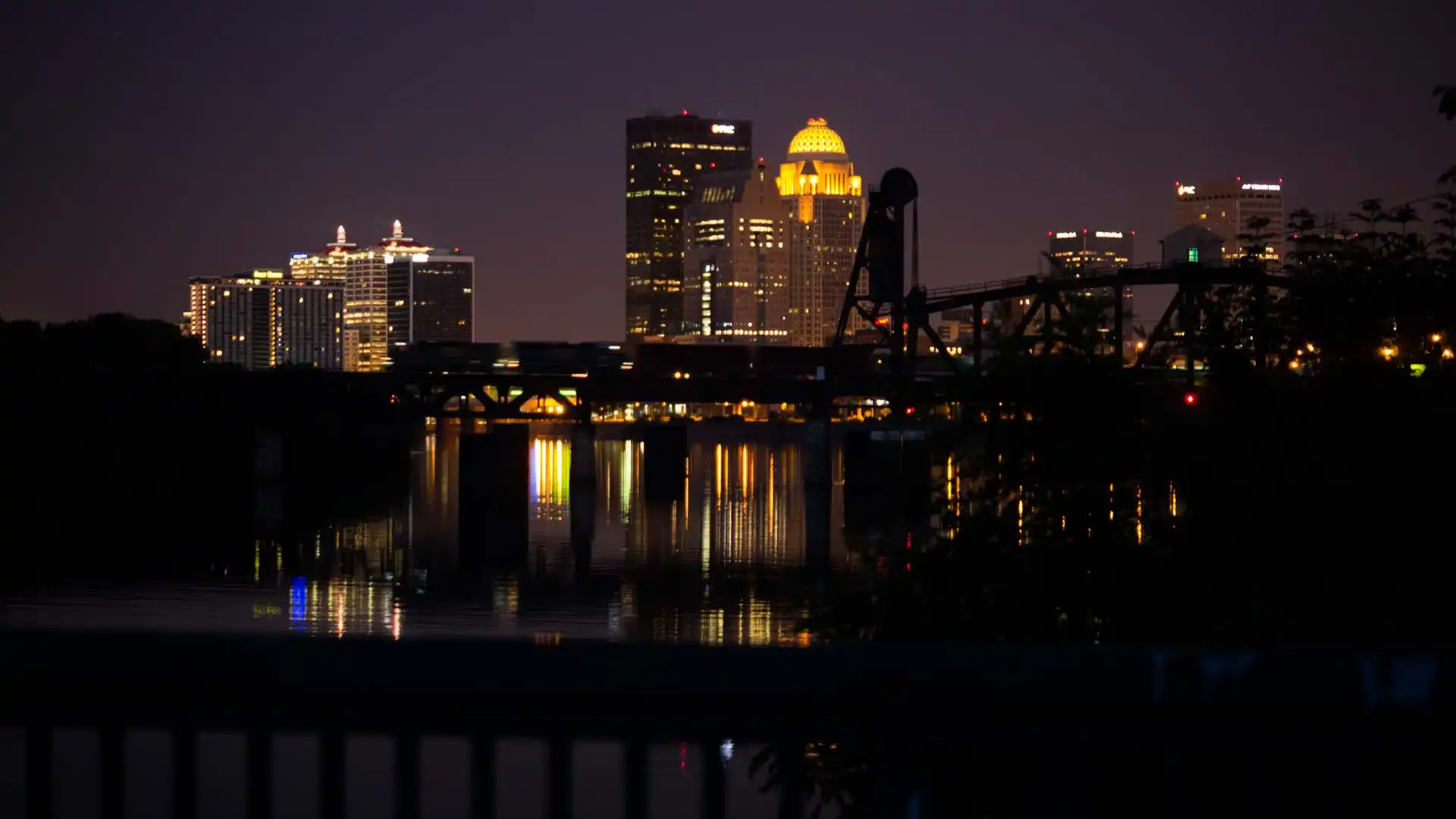
Repeated Attempts For The Ideal Timelapse
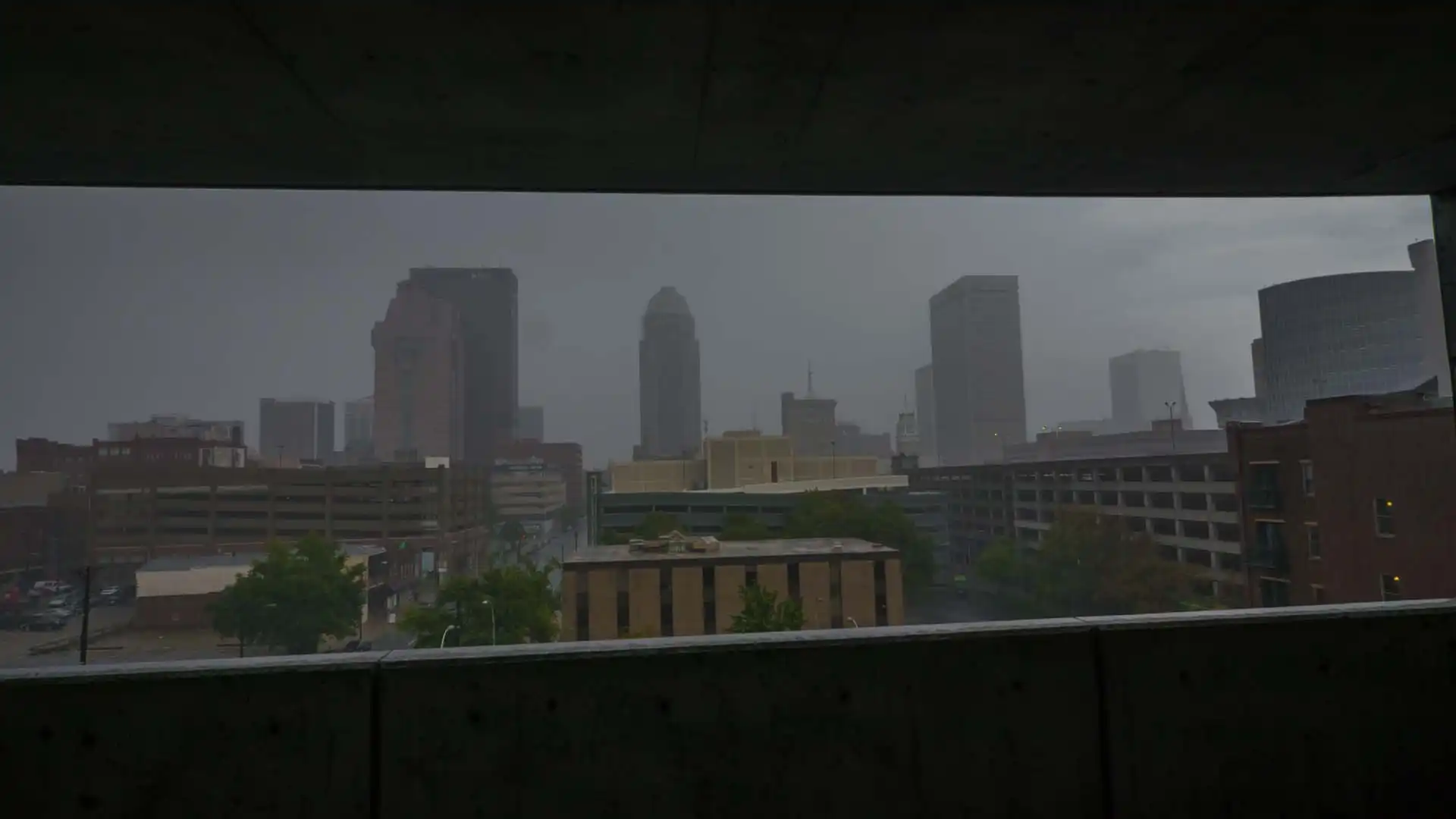
Challenges In Capturing Rain
Since a good timelapse often involves the weather I wanted to make sure and include some rain in the video. Like the train bridge shot above this proved to be difficult as well. You can check out weather reports and the clouds and guess if it’s going to rain at a particular time, but you don’t really know where it’s going to rain. Also water and electronics aren’t the best combination so finding a place that is covered can prove to be a challenge. A parking garage is a good place to get an elevated view of the city and is also covered with openings to see out of. I tried two previous times to get a good shot of the rain but failed. With the failed attempts and the shot that worked, this ended up taking roughly 8 hours and 45 minutes and made up seven and half seconds of the video.
Not all shots take multiple tries to get, some work on your first attempt and definitely help keep you going.
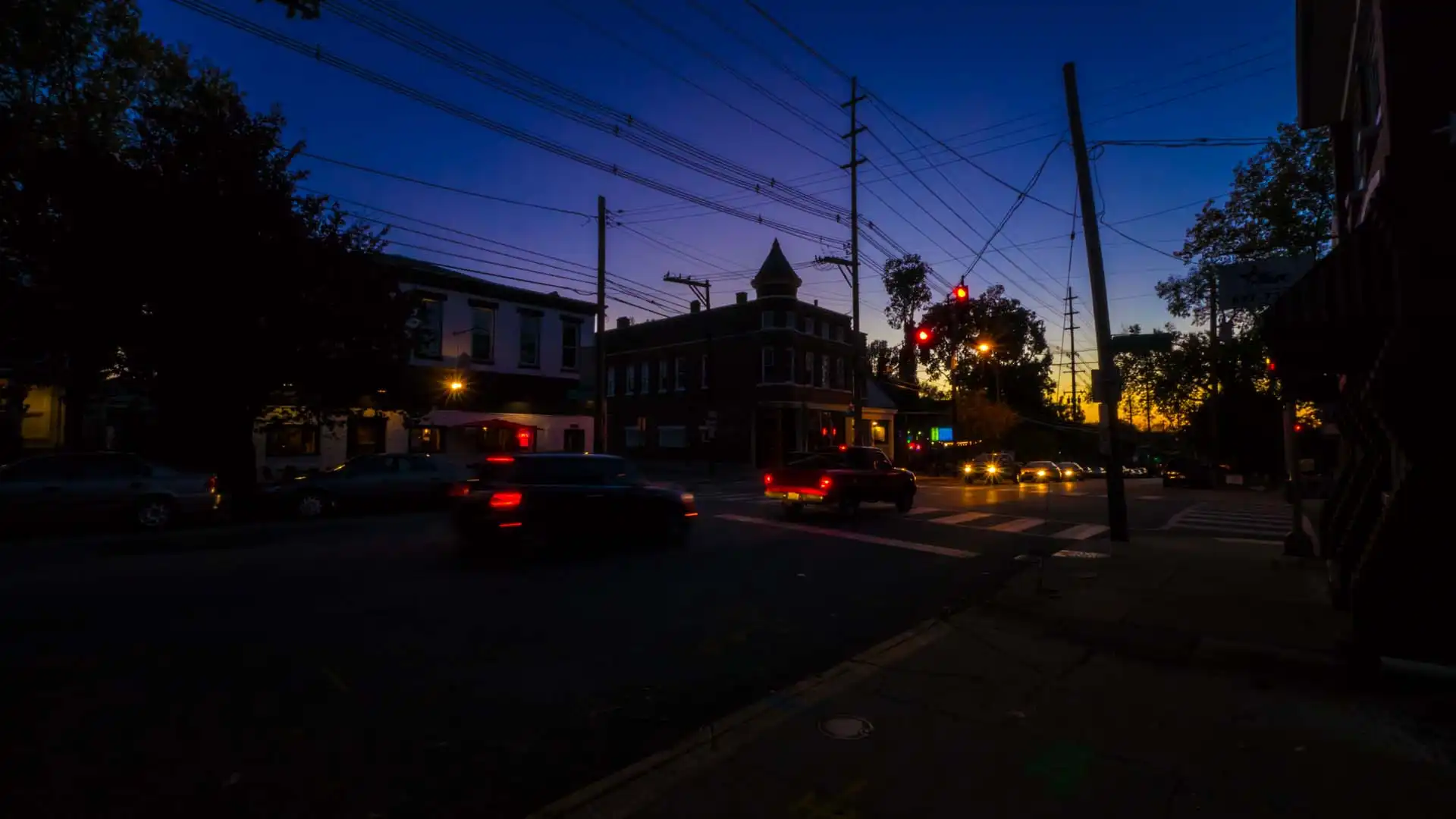
Fading Into Night
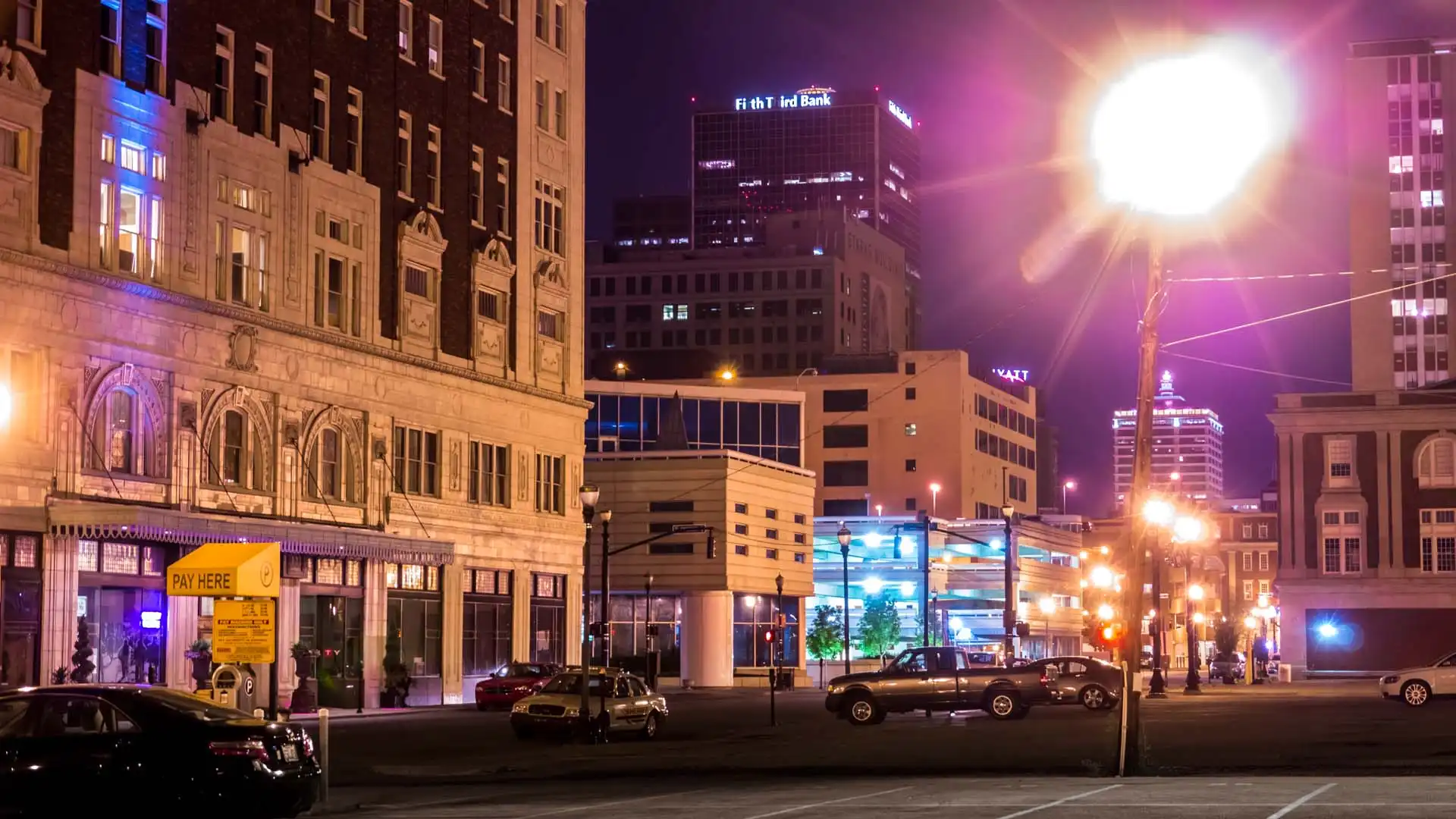
The First Hyperlapse
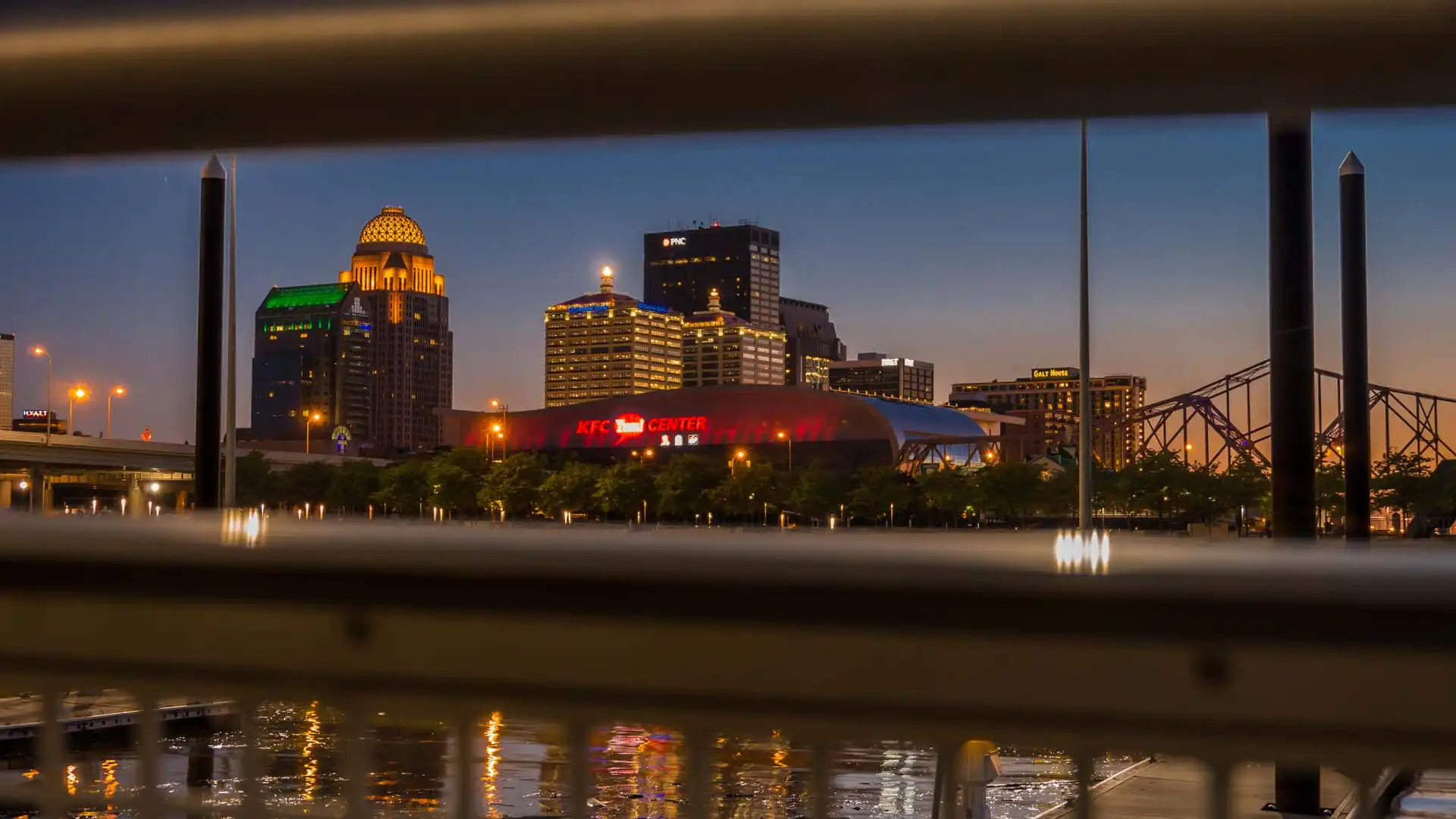
First Day-To-Night Timelapse Experience
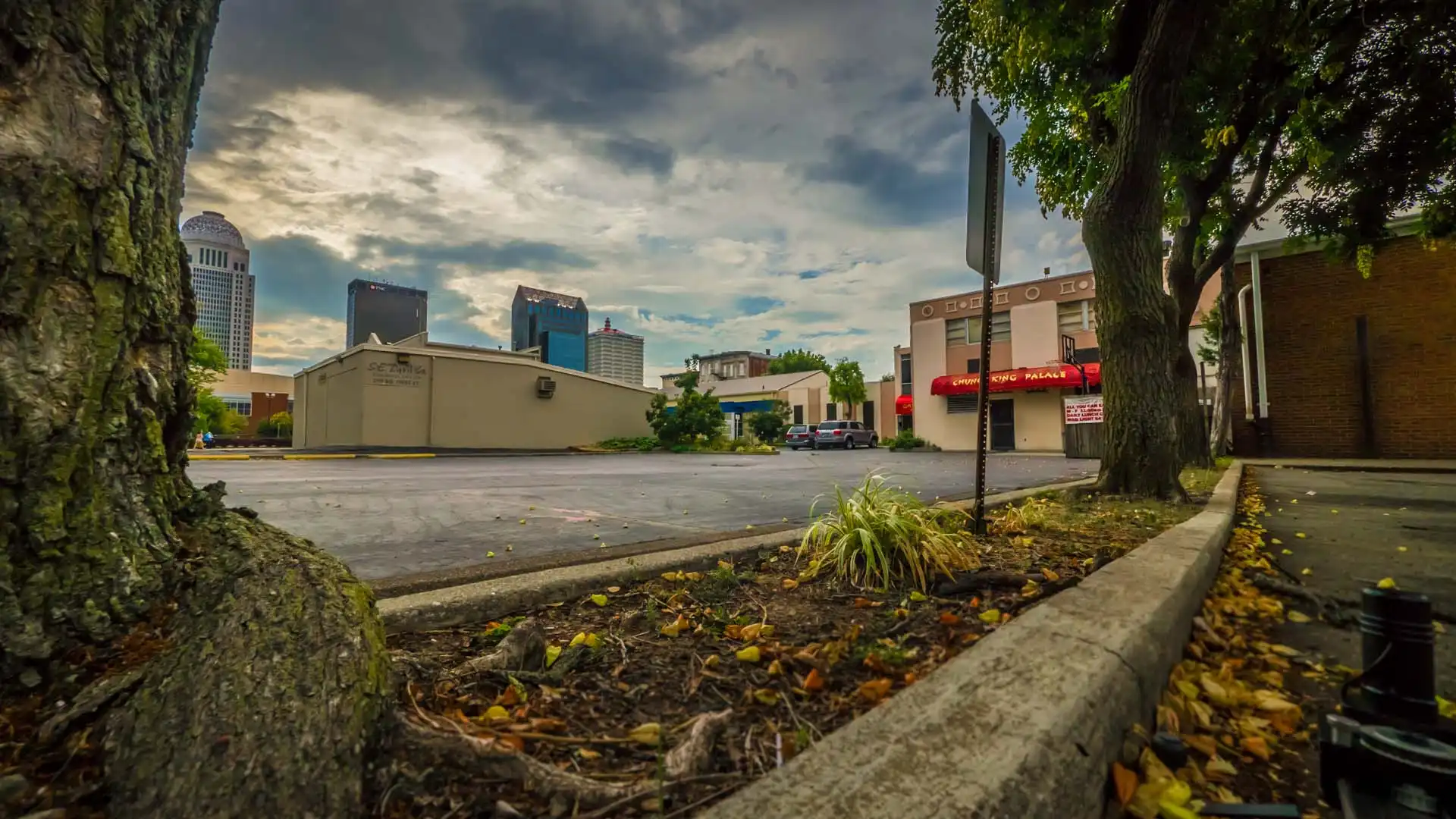
The Equipment Makes An Appearance
